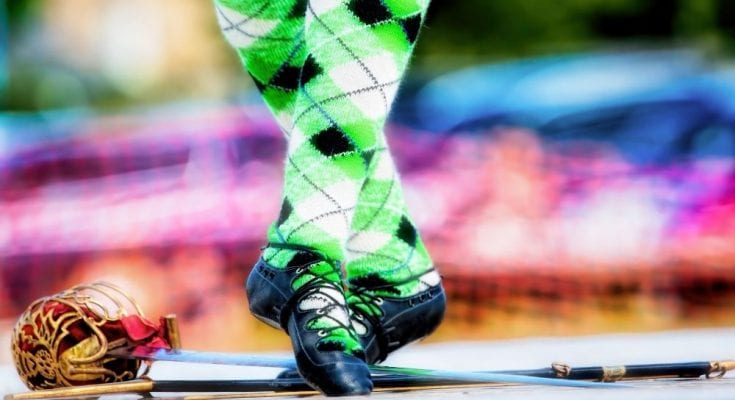The ancient tradition of Highland dance showcases Scotland’s rich cultural roots. Throughout the centuries, Scots have held tightly to these national dances and the compelling history behind them. So if you’re itching to delve into Scottish traditions, this quick overview of the history of highland dancing can set you off on the right path.
The Roots of Highland Dance
Highland dancing is now one of the most popular forms of competitive dance. But you might be surprised to learn that the dances originate from a tactic to help Scottish warriors test their opponents’ agility, strength, and endurance through intricate sword dances.
Scotland’s most revered warriors created various strategic dances throughout the country’s earliest history to outsmart and outmaneuver their perceived enemies. It’s worth noting, however, that they rarely used these dances during actual combat. Instead, this unique strategy seemed to have the most impact when carrying out assassination plots during formal events, such as weddings and banquets.
The Fall and Revival of Highland Dance in Great Britain
It wasn’t until the Battle of Culloden in 1746 that the British government put policies in place that made Highland dance and Scottish garb illegal. Parliament strictly enforced these laws to crush the traditional Scottish clan mentality or any semblance of their cultural histories.
Although these policies had a devastating impact on Scottish morale, they didn’t last for too long. Queen Victoria was largely responsible for the quick revival of Highland culture. Upon visiting Scotland in the mid-1800s, she was overwhelmed by its magnificence and the strength of its people. With this revival, the Highland Games were conceived, and Scotts were once again able to compete, practice, and celebrate this fascinating part of their national history.
Highland Dancing in the Modern Era
Although its beginnings were tumultuous, Highland dance has become one of the most highly regarded forms of competitive dance in the world. Competitions that celebrate this ancient tradition stretch across the globe, spanning from Australia and New Zealand to the United States.
There is such a high demand to compete in Highland dance that, to meet proper judging requirements, the versatile array of dances once included on the docket has dwindled to only four. While some elements of these ancient dances have changed, traditions still endure. Most notably, competitors around the world still wear the once criminalized attire of kilts and highland dancing pumps.
The history of highland dancing is a beautiful and triumphant reminder that celebrating your cultural background and traditions is a worthwhile pursuit.
Additional Resources:
Pablo Picasso
Edgar Allan Poe



